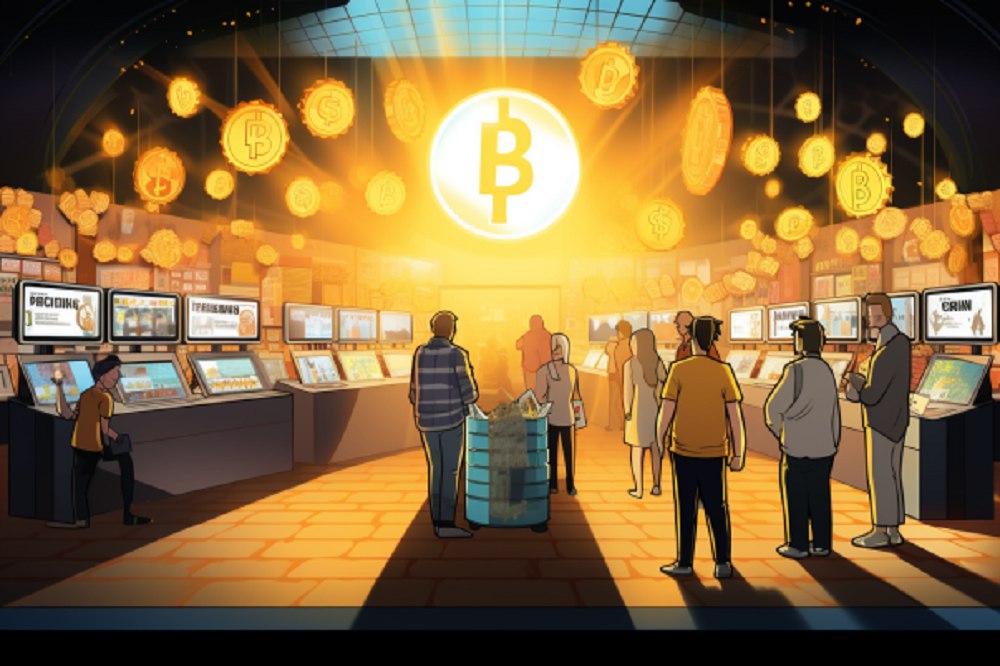Peer-to-peer (P2P) payment systems are smart contracts that allow individuals to conduct direct transactions without intermediaries such as banks or payment processing platforms. These protocols have improved security through cryptographic techniques and offer lower transaction costs due to the absence of intermediaries.
P2P protocols built on blockchain technology are widely used in the cryptocurrency space. However, anyone interested in performing P2P transactions must create a wallet and link it to their preferred platform via a simple procedure.
The process of initiating fund transfers is simple; users are to enter the desired amount and the recipient’s wallet address, then click the send button.
Satoshi Nakamoto’s Definition of P2P
In the Bitcoin white paper, Satoshi Nakamoto, the brain behind Bitcoin’s (BTC) emergence, coined the term “peer-to-peer electronic cash” to describe the feature of the pioneer cryptocurrency. However, analyzing Nakamoto’s definition offers a deeper understanding of P2P.
In peer-to-peer payment systems, senders’ and receivers’ ability to transact without intermediaries is vital. However, in Bitcoin’s case, a network of blockchain nodes known as “miners” serves as the intermediary.
The requirement for users is to have an internet connection to interact with miners to facilitate transactions. This process emphasizes that Bitcoin operates within a P2P network framework rather than strictly adhering to the label of a peer-to-peer payment protocol.
Furthermore, “peer-to-peer” refers to the direct connection between individual nodes in Bitcoin’s P2P network, which enables information exchange and transaction validation. Additionally, the inclusion of “electronic” proves that Bitcoin differs from other tangible forms of currency, like physical cash, in that it is entirely digital.
Nakamoto’s emphasis on “cash” reflects his intention for Bitcoin to function as a payment settlement medium for everyday transactions, similar to the universally recognized transferable money form people use worldwide.
Nakamoto envisioned Bitcoin as a potential replacement for traditional fiat currencies. It is worth noting that every digital payment mechanism in use today relies on intermediaries to facilitate transactions.
Furthermore, Banks play the typical role of mediator, particularly when it concerns bank transfers.
Are CBDCs Considered P2P?
Central bank digital currencies (CBDC) are the digital version of a country’s official fiat currency issued and managed by the central bank. However, offline transactions are critical to advancing financial inclusivity and accelerating CBDC adoption.
Moreover, the ability of CBDC holders to conduct transactions seamlessly, even without internet connectivity, is critical to ensure financial inclusion. This feature is highly important for people with limited financial resources, as they may face difficulties accessing regular internet, allowing them to leverage offline CBDC.
The distinguishing feature of physical money is its ability to facilitate individual-to-individual payments, enabling direct value exchange without intermediaries. Hence, maintaining this fundamental characteristic is critical while allowing offline transactions, as the goal is to digitize and replace paper money.
What P2P Payment Systems Exist?
There are several peer-to-peer payment solution providers, each known for their distinct services and market. However, one of the most recognized among them is Sovereign Wallet.
Sovereign Wallet is an innovative blockchain technology company focused on digital asset management and identity solutions. MetaMUI, their primary product, provides genuine peer-to-peer solutions for enterprises.
This protocol allows for offline payments and facilitates cross-border transactions. Furthermore, one of its most distinguished features is its machine-to-machine (M2M) commerce, which doesn’t require intermediaries.
By incorporating the MetaMUI system, transactions involving CBDCs can be completed even without an internet connection. In addition, users of the MetaMUI-enabled CBDC platform could seamlessly transfer funds to counterparts in other countries who also use different MetaMUI CBDCs.
As a result, this process eliminates the need for settlement currencies or regulatory barriers, making the completion of cross-border transactions seamless. Also, the execution of smart contracts is faster on this protocol because it utilizes edge computing, notably IoT devices, rather than the cloud or centralized servers.
